Walking on Wisconsin Avenue past the Alumni Memorial Union has a new feel now that an open green space has replaced the former Jesuit Residence. The old run-down building that once crowded the sidewalk is gone, and the new grassy area gives campus a more open feel.
As campus undergoes many significant changes within the next several years, the university must keep in mind the importance of setting aside space for students to interact outdoors. There are nearly 12,000 students that call Marquette home, and green space is just as important to many of us as are state-of-the-art research labs and residence halls. Green spaces are for all members of campus to enjoy year round.
This year, the administration released a 20-year master plan to revamp campus. At the front of the proposal is a $96-million, 750-bed residence hall between 17th and 18th Streets that will replace the soon-to-be demolished McCormick Hall. The plan also includes an academic and research lab center and a new recreation and wellness facility. However, the master plan makes no mention of the implementation of green spaces and notes the new space outside the AMU is only temporary.
A journal by the American Society of Horticultural Science called HortTechnology published a study looking at students’ use of green space on campus and their overall perceived quality of life. The study found that nearly 70 percent of students were “high-users” of campus green space, meaning the majority of students surveyed indicated they used green spaces on a regular or frequent basis. Furthermore, the study found that those students who utilized campus green spaces perceived their quality of life as higher when compared to students who used green spaces less frequently. The study concluded that green spaces positively impacted both students’ academic and social lives on campus, especially for new students and freshmen.
In choosing Marquette, all students here understand that an urban campus means a limited amount of green space. Marquette is not a massive state school with lots of extra space for quads or athletic fields. However, the fact that we are located in the middle of urban Milwaukee makes existing green space — and the prospect of more green space — so important for our campus and community.
Valley Fields and the proposed new dome are great for intramural sports and pickup games, but not ideal space for students who wish to enjoy time outside between classes. The space next to Humphrey Hall, where a parking structure and various academic and facility buildings once stood, was a convenient and pleasant area for students over the summer but is now gated off as construction of the new residence hall begins. Green spaces like the field between Abbottsford and Schroeder Halls or Norris Park on 19th Street are acceptable when the weather is fine, but are often just big mud pits after rain or snow.
Marquette’s ambitious master plan to rebuild and reinvent campus is promising and exciting, but it must not neglect the importance of green spaces. Open areas outside are not only scenic buffers on campus but also important for student activities and overall campus sentiment. Available spaces for outdoor activities and relaxation can heavily influence how prospective students view Marquette, and members of university administration should keep this in mind as they devote efforts and funds to redesigning our city campus.

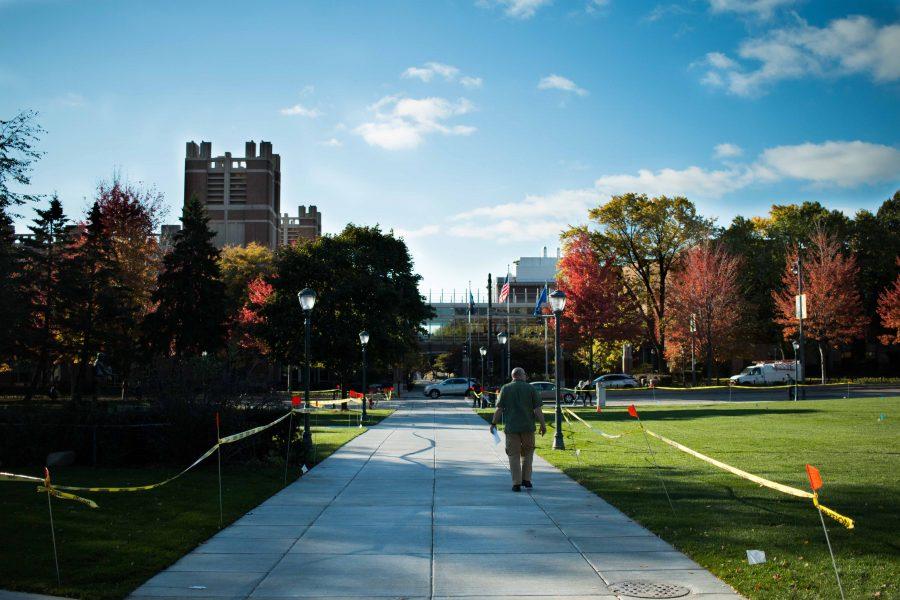
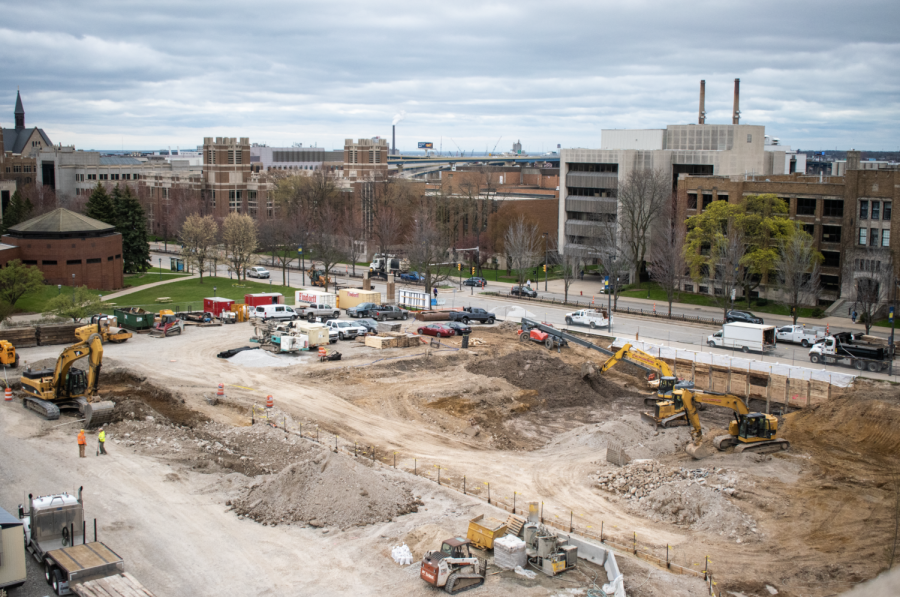
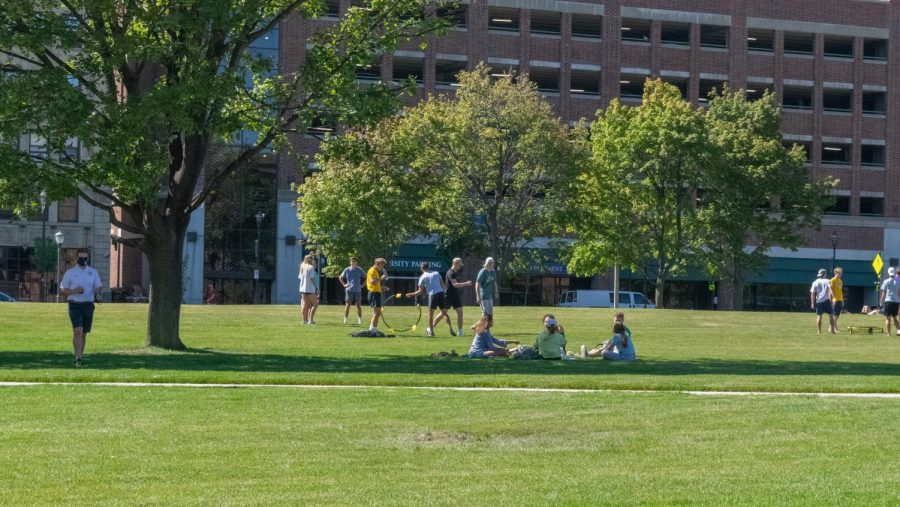
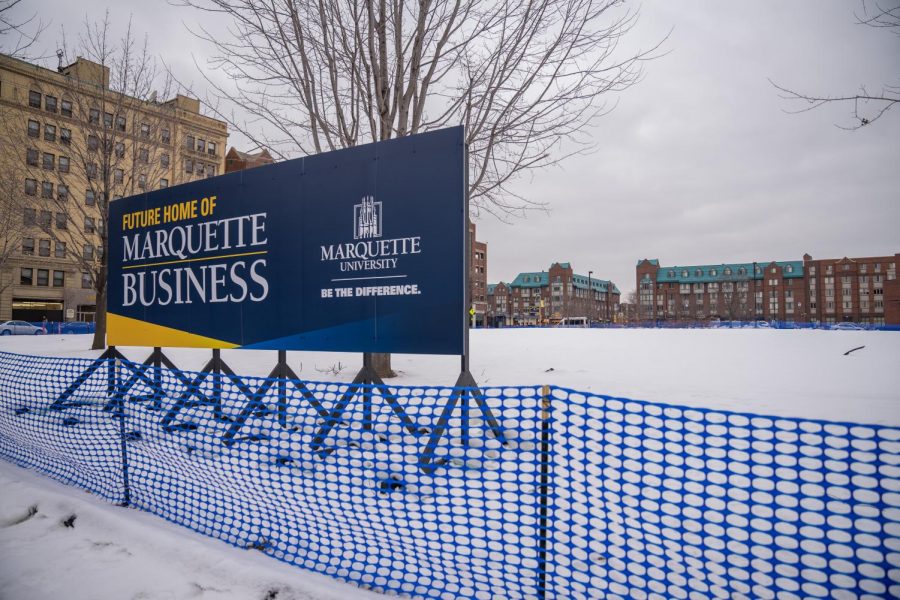
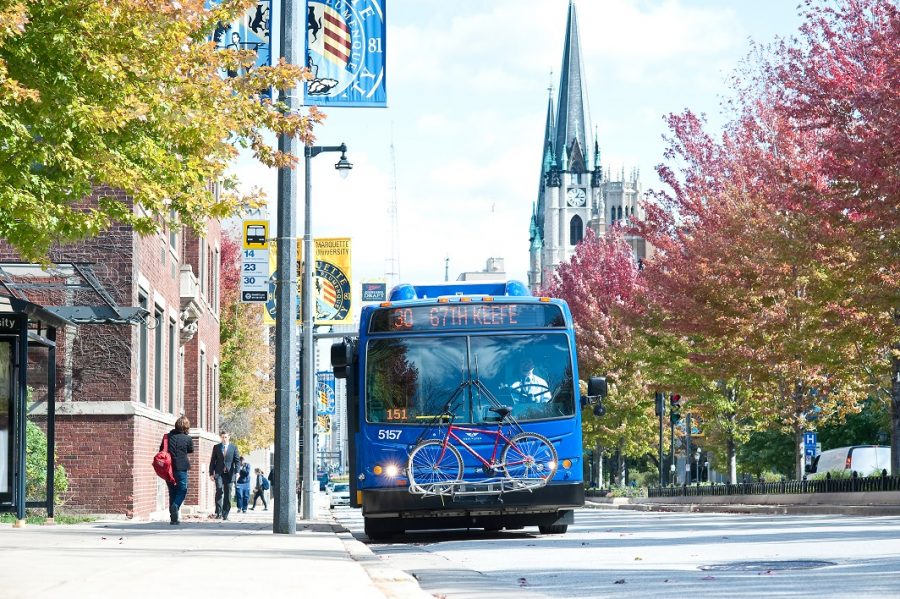
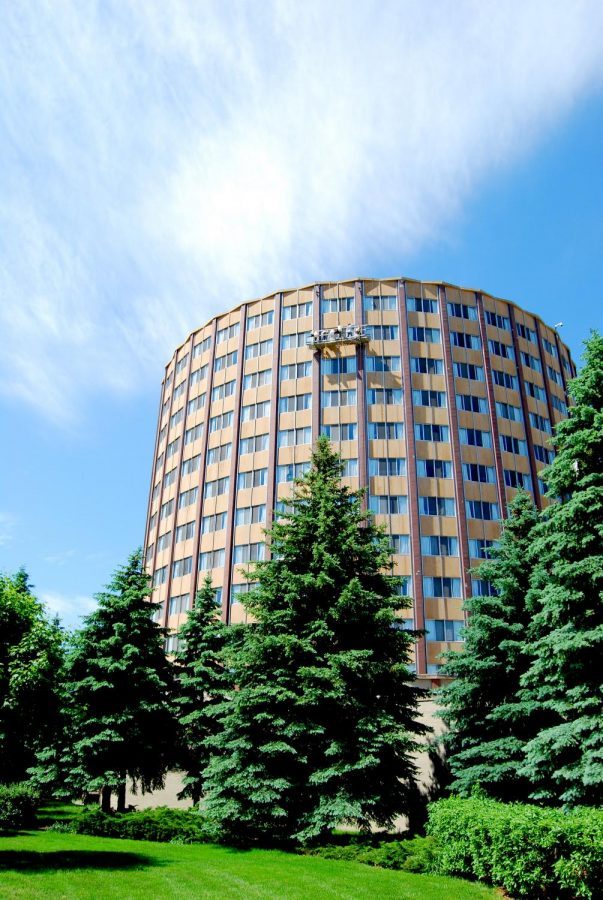
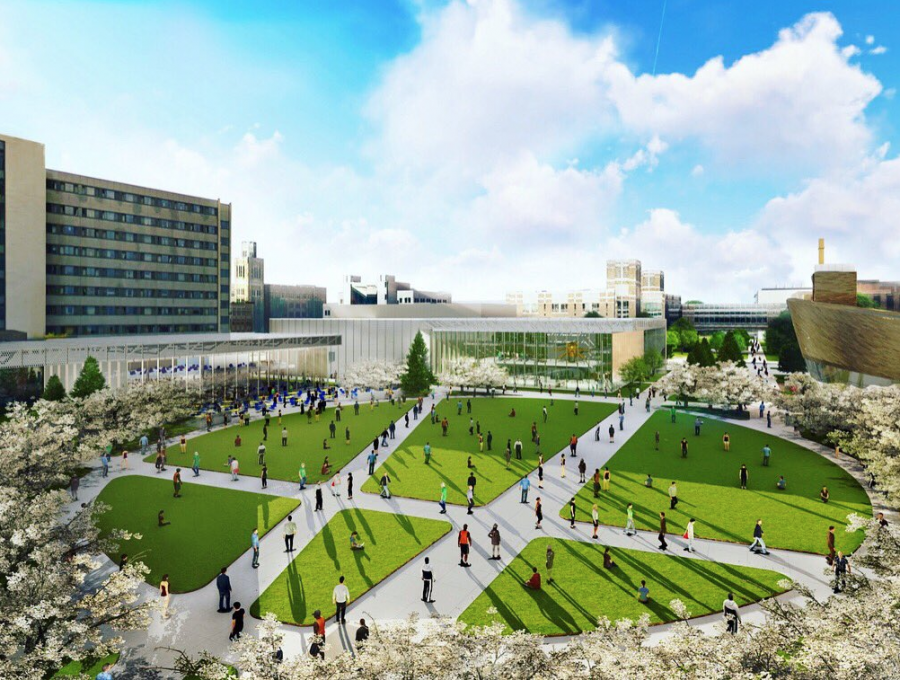
T Smithy • Jan 27, 2017 at 3:47 pm
Has the Tribune looked into the short lived green space bounded by 18th ,19th and Wells St . I’m sure it was done at great expense because of sodding the entire space (which at one point was unusable to allow the newly laid sod to root) and the construction of custom brick and mortar fence posts and metal panels. Now that is all gone for the construction of the new undergrad dorm. How did the university justify the use of funds for such a temporary arrangement?